Michael Klitzing, Director of Carmel Clay Parks and Recreation

Where is Bear Creek Park being built?
Bear Creek is located at the southwest corner of 146th Street and Shelborne Road in Northwest Carmel.
How far are you in the process of its creation?
We’re very much in the early stages of it. For every park, before we develop it, we create a master plan, and we like making sure that we get significant public input to help guide the development. As the park system we’re stewards of the park property, but the parks are really for the residents, the people of Carmel, so we want to make sure that that meets the needs and incorporates the wants and needs of the community. So we actually had our first round of public meetings and focus groups with members of the public, stakeholders, community leaders, people representing different groups, and then we set a public meeting where the general public was invited to come just to kind of identify some of the broader planning themes for the park that we will sort of hone in on as we begin developing concepts of what this park could look like. In November we’re anticipating our consultants coming back, and they’ll actually have some concepts of how the park would actually be designed: what type of amenities are in it, where it’s located, what the park could look like. We’ll go back and have more focus groups and more input with residents to see if we are going down the right path: did we miss something or are there things that they don’t like that are incorporated in it. A lot of times what we’ll find when you sort of have those concepts is that the public will say, “Well, we kind of like a little bit of this in concept A and a little bit of that in concept B and this in concept C, and we don’t like these elements from the different ones.” And then you kind of mash that all together into a new plan, so that’s what I anticipate happening this round because, like I said, that has pretty much happened every time we’ve done a master plan. And then we’ll do a third round where based on that additional input, they’ll come up with a draft of the master plan that will again be presented to the public. Presuming no major, you know, consternation from the public, then we’ll present it to the park board for their consideration, and if they approve it, then that becomes the instrument that guides all future development of the park. So, you know, overall, usually a master plan process takes 12 to 18 month, and we’re sort of in the early first three months, the early part. The consultants do due diligence before we have that first meeting, so some of that has transpired, but we’re about three to four months into the plan and probably have about another year before it’s finalized.
What was the reason behind creating a new park in Carmel?
The biggest reason is just from feedback that we’ve had from the public that there was a desire for more open space and more parkland in the community, so that desire to preserve more property for the community to use and enjoy and gather was really the driving force for trying to find this location.
Why do you think it’s so important to factor in the public’s thoughts when it comes to creating a park?
What makes it so important is the parks are really for the public, and we want to make sure that what we design is going to meet the needs of the public, that it’s going to be a place that they want to come to, that they are going to be able to make lasting memories in it and that it reflects the values of the community. It’s also important for me to make sure that we’re recognizing that our community is evolving. You know, our community is more diverse with different cultures and different religions. We want to make sure that it’s a space that feels inviting and safe for everyone to come into, and I don’t want to make assumptions about what different people want to see in the park. I want to hear from the people themselves about what they would like to see in their park. So if we are not listening, then it’s hard to build what people truly want. That to me is why it’s really critical to involve the public. And then at the same point, that also helps create advocacy for the parks. We need to secure the funding in order to develop the part. If you have people that are involved in the planning process, they’re more likely to encourage the city council or the township board, who provide this funding, to make sure that we receive the dollars necessary to implement the community’s vision. And then also, you know, if you play a role in helping design the park and giving feedback and you have ownership, you tend to want to use it. You see yourselves in that park, and that’s what we’re really trying to do: make sure that the public sees themselves in this new park, that they take pride in it and they want to use it.
What are you doing to take the ideas of the public into account when building Bear Creek?
So really a big, big focus of it is getting the feedback in the various meetings. Part of it is making sure that we’re reaching out to different user groups or different neighbors around the park. We’ve already talked with teachers, we’ve had conversations with educators, we’ve had conversations with the HOA (homeowner’s association) board members or representatives, we’ve had some of the community leaders like city council members and representatives from different city departments that are involved in approving plans, issuing permits and stuff weigh-in to make sure that we’re addressing their concerns. But, moving forward, we also want to make sure that we’re talking to our true neighbors, maybe pulling up in the neighborhoods around us and inviting the neighbors to come in or inviting them to actually come to the park. We’re actually going to be sort of having a trail of the park. People can come on Saturdays and Sundays during sunlight hours, and explore some temporary, primitive trails we put in. And then we’ve got QR codes where people can give us their ideas and suggestions based on viewing the park. We want to reach out to and have meetings with some of the religious organizations that are around us. The new Islamic faith center, for example, is going to be right next to us. So, you know, we want to have conversations with that entity and with the other religious organizations around us as well. Reaching out to different user groups and organizations and representing different interests is important. We’re going to continue to invite them to these focus groups. And also going into the schools to talk to elementary school and middle school and high school kids to just to say, “Hey, this park is as much for kids as it is for adults. What are the things that the smaller kids and teenagers want to see in the park to make it a place that they want to go and congregate?”
So, with these themes, what type of environment do you hope to create in Bear Creek; what do you want it to be able to do for the people that visit?
I want it to be a place that is inspiring; something that they go into and they feel uplifted, mentally, physically and emotionally. When they go into it, it’s a place that inspires them. It’s a place where they feel welcome and a place that they want to go to. I want them to feel that with how the park is built, whether it’s being green-friendly and environmentally sensitive, they are able to come in and see that we’re reflective of those values, as well as any cultural values that we hear. I want it to be a place where they ultimately can come and gather with their friends and their families, and make lasting memories that, you know, 10, 20, 30 years from now, they can remember some of their best experiences being going to this new park.
You mentioned that a lot of people liked the idea of trails. Are there any other features that you’ve noticed that the public has advocated for much more than others and that you think might be included in the park?
So far we’re seeing a lot of interest in gathering or hangout spaces. So whether that’s shelters or gazebos or places where there’s maybe, you know, outdoor living rooms. Maybe not as literal as what is up, for example, in Midtown Plaza in the Midtown area of downtown, but kind of those rooms where people can just sort of hang out with friends or family members and do things. I’m seeing interest in some sort of games, or board games. I mean, things that people can do together that aren’t necessarily completely traditional, sports-related. I can kind of see that coming up as an emerging theme based on feedback we’re receiving so far. And then definitely preservation of some natural areas, both with trees and prairies, so I definitely see that happening. Maybe some type of waterplay experience; that seems to be coming out pretty well as well, whether it’s interaction with the creek itself or some other water experience. I kind of see that emerging out of this planning process.
And what are some things the reader can do to provide input on the park’s creation right now?
So, first and foremost, keep your eyes out for when we’re having our public meetings and come to those, if available. If not, go to our website, carmelclayparks.com. You can go to the Bear Creek session and there’ll be opportunities. As we’re having these public meetings, they’ll be online surveys and exercises that people can complete to give us their feedback; there’s always an open box where you can just give impromptu information. Come out to the park on the weekends and check it out. Scan the QR codes that are in the parking area, and give us your ideas there. But, you know, get involved in the planning process, whether in person or online, and give us your ideas.
Michael Allen, Director of Carmel Clay Parks and Recreation
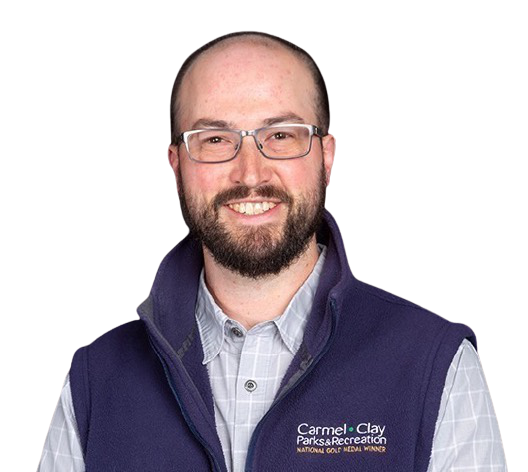 How is Carmel Clay Parks and Recreation taking Carmel residents into account when making the master plan?
How is Carmel Clay Parks and Recreation taking Carmel residents into account when making the master plan?
Well, great question again. So, that is one of the centerpieces of the process. When it comes to how Carmel Clay Parks does a master plan, public feedback and public input is one of those cornerstones of the process that we really want to get right and we really want to have participation in. When we try to implement that public input and that public process, we’re doing things like sending letters in the mail out to people’s mailboxes that are relatively close, like in the immediate neighborhoods that surround the area, and we’re doing things on social media to try to reach people that might not be in that immediate mailbox delivery area. You can deliver content in so many different ways these days. We want to try to be as all encompassing as we can, so traditional mail, email, social media, and then in-person. We want people to be available, or we would prefer people can make themselves available to attend public meetings where we can have visual aids and engagement opportunities and actual activities where people can look at some of our conceptual material, just to get their brains working and get them thinking about the possibilities. We want them to kind of prioritize what priorities they think some of these concepts might be. They can, for example, rank certain activities like nature hikes and splash pads, so we can get all that accumulated data and start to understand what the community is really interested in seeing. So back to your question, through traditional mail, through email, through social media, through face-to-face public meetings. Also, we’re inviting people out to the property, which is not something we would typically do; it’s kind of something new we’re trying this with this particular master plan. This property isn’t developed yet. So, having people come out to the property to experience it a little bit to kind of get a feel, get a smell, get a hands-on experience to really engage the 27 acres and what it has to offer. You can really see what its potential could be when you get a chance to walk around. So, really taken kind of a multi-faceted approach to how we reach out to the community.
You mentioned that public feedback is a cornerstone in the process. Why do you think it’s so important?
Because Carmel Clay Parks and Recreation is a service to the community, and we’re here for Carmel and Clay Township and, in some cases, the surrounding communities as well. In particular, here we’re in the corner of the city, so we have to take into account there are other folks from other communities that will be at the property as well. The public is who we’re here to work for. As parks and recreation professionals, it’s our job to know what we’re talking about and to know what we’re doing so that we maintain things at a high level and that we deliver on the things that the community wants in their parks and recreation experiences, but we also have a level of responsibility to understand our assets and to understand our daily job responsibilities. So we’ll have recommendations and best practices, and we’ll understand how to actually implement some of the concepts that the public might be interested in. We’ll understand what some of the benefits or some of the shortcomings might be from certain recommendations or preferences. At the end of the day, we want to align the industry best practices with what the public wants to see. And so that’s what the master planning process provides.
What role do you think that high school-age individuals and the youth of Carmel play in the creation of a successful park?
High school kids provide an excellent perspective that we don’t typically get from staff or consultants or community leaders or business leaders or elected officials or other nonprofit partners because they’re in this demographic that, ideally, has been enjoying some of Carmel’s parks throughout their childhood. Now they’re at this level of maturity where they see what their life has benefited from or maybe not. Maybe there are some things that they wish that had been around when they were younger, and there is this level of kind of transition in their life where they’re growing out of being a child; they’re maturing becoming young adults, and within a year or less or more, they’ll become young adults on their own, potentially coming back to this community to start a family or run a business or be engaged on some other level. So we want them to take pride in where they’ve come from, and, ideally, go continue to be contributing members, positive contributing members of this community. By getting their perspective in this process, ideally, we’re continuing to get their support. Ideally, they feel supported by what we’re offering them by us listening and trying to implement some of the things that they’re interested in. High schoolers are such an asset to the community because they look at things through this lens of possibilities: the world is our oyster; what can we create; we’re getting ready to launch into adulthood, and we just see so many opportunities ahead of us. And so we really like that perspective, to kind of challenge us and challenge how we might be looking at things in a traditional way of what we’ve seen be successful in certain other areas. We want to be innovative, and high schoolers are at that peak level of education; they’re getting ready to potentially move into the workforce or higher education. If we can kind of harness some of that energy into some cool concepts that benefit not only them and where their life is right now, but where their life might be in the future as well.
How have the public input meetings been used to help plan for the park?
Meetings are great opportunities for face-to-face communication and visual aid. You get a chance to ask questions and hear directly from the park staff, the design team, the consultant team that’s putting together the draft concepts. I think that that’s really unmatched in terms of value because you can look online and fill out surveys, but to have an opportunity to really ask us questions and see if your priority could be a reality. It helps to be in that room and kind of listen to some of the dynamics of the site and some of the other priorities that other people might have. It might turn some different ideas in your brain if you get to hear what other people are thinking. I think the more times we can get the more people together, just to learn from each other, then we’re all better off. When we are sitting at home on a keyboard, in our personal silo, it can be limiting in how we think we want to experience something, but when we start to interact with other people, it might open our minds to concepts we’ve never even considered before that we might really enjoy.
Can you also describe the opportunity for the public to visit the site on the weekends to share their feedback?
Yes, so (the weekend of the 25th) was our first weekend with the park open, for limited hours, during this master plan process. The hours of operation or hours of open are 9 AM to 5 p.m. on Saturdays and Sundays. It’s an opportunity for the public to come out to our improvised parking lot, check out a trail map, and jump out there and walk around some of our mowed trails where we kind of mowed down some of the tall prairie areas to give people some temporary access around the property. There’s a bridge crossing; you can get up to the north side and do the same thing up there, experience the biodiversity that’s alive right now. They’ll soon be going dormant, but it’s great fall season and great weather to get out and explore a place you’ve never been to. There’s a beautiful young regeneration oak forest that’s being generated on the north side. There’s an opportunity to look for critters and just kind of see the landscape, see how it rolls; you can’t really feel that on aerial view. You can kind of feel that topography. It’s limited in Hamilton County, but at the same time, it is pretty neat to kind of experience how the creek drops off and see how the property changes from the north to the south on either side of the creek there.
Why should readers and Carmel residents share their thoughts and provide feedback on the planning and construction of (Bear Creek) park?
We want to hear from you because we want to do something that the community feels supported with and feels included in and feels like it’s something they can be proud of.









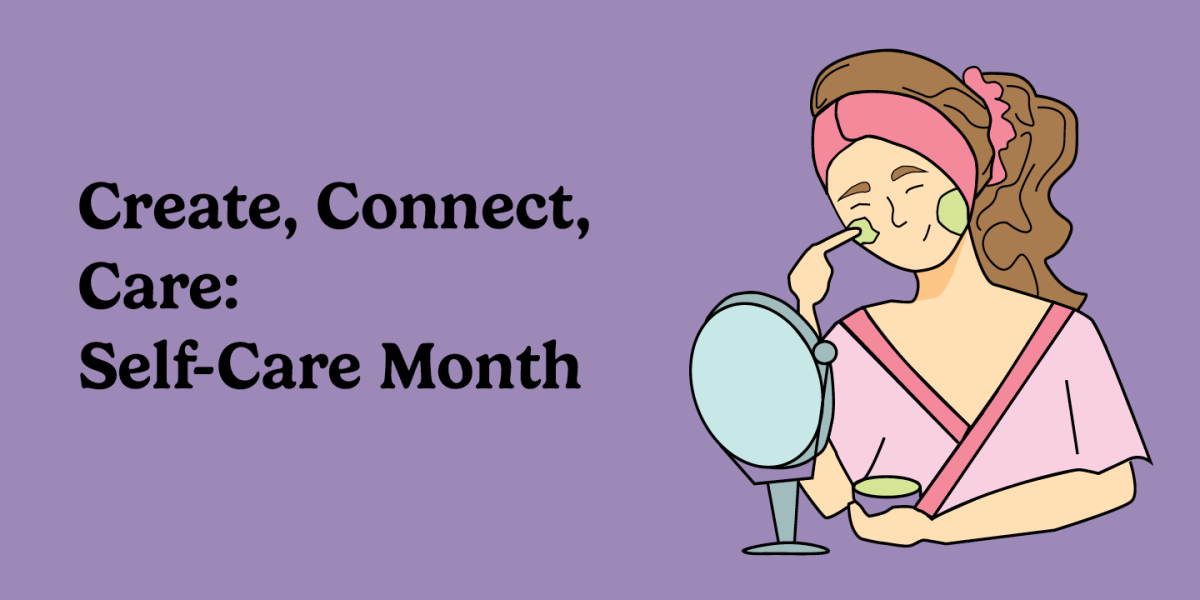
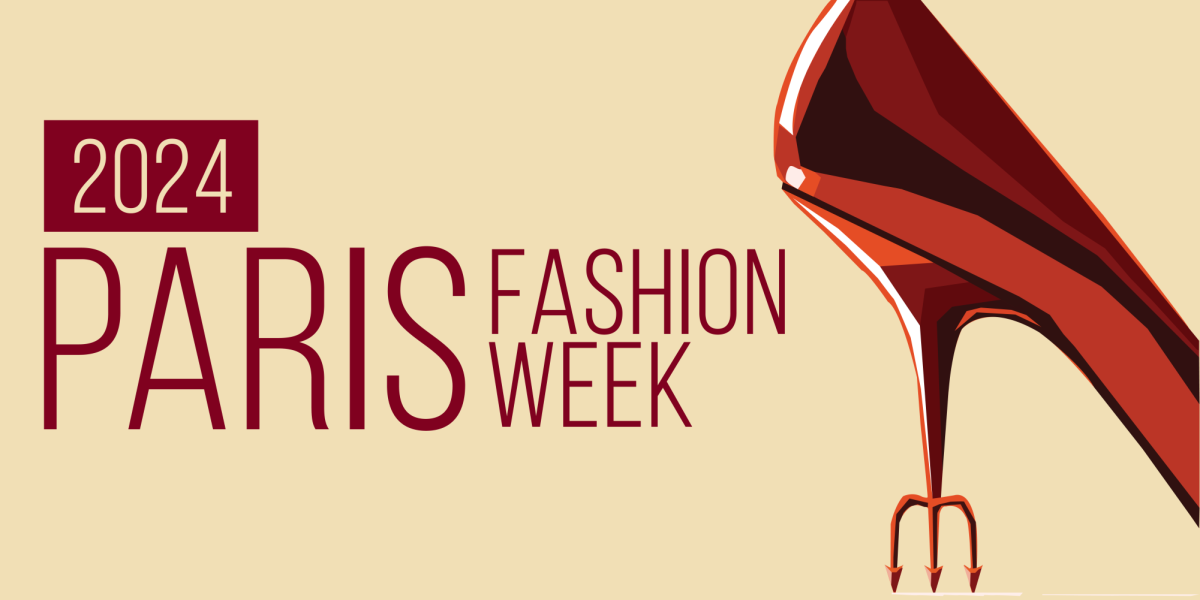
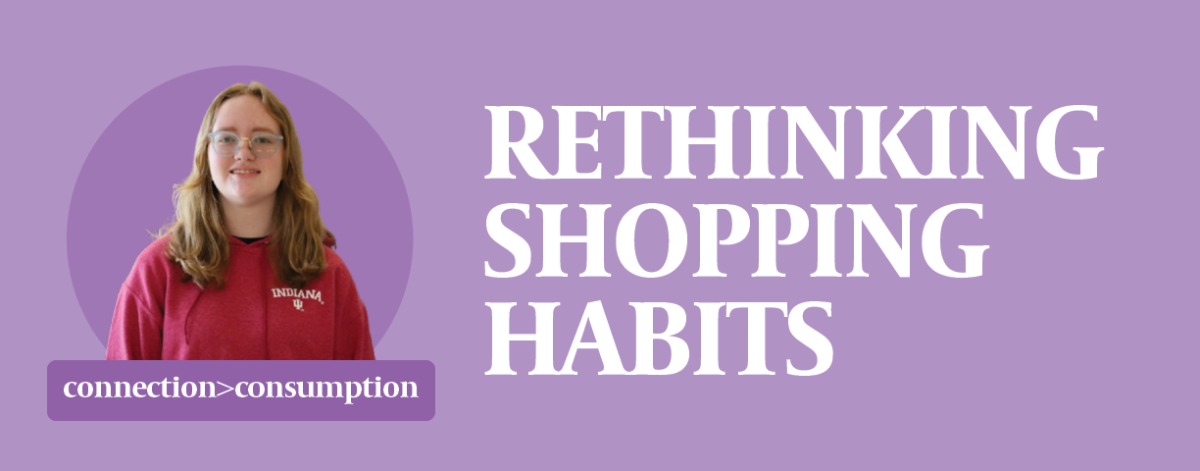



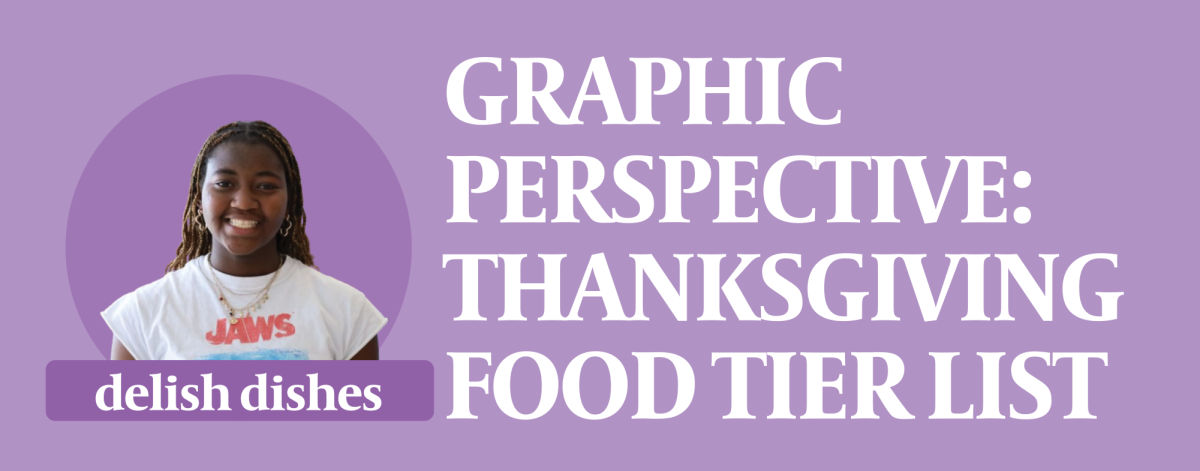


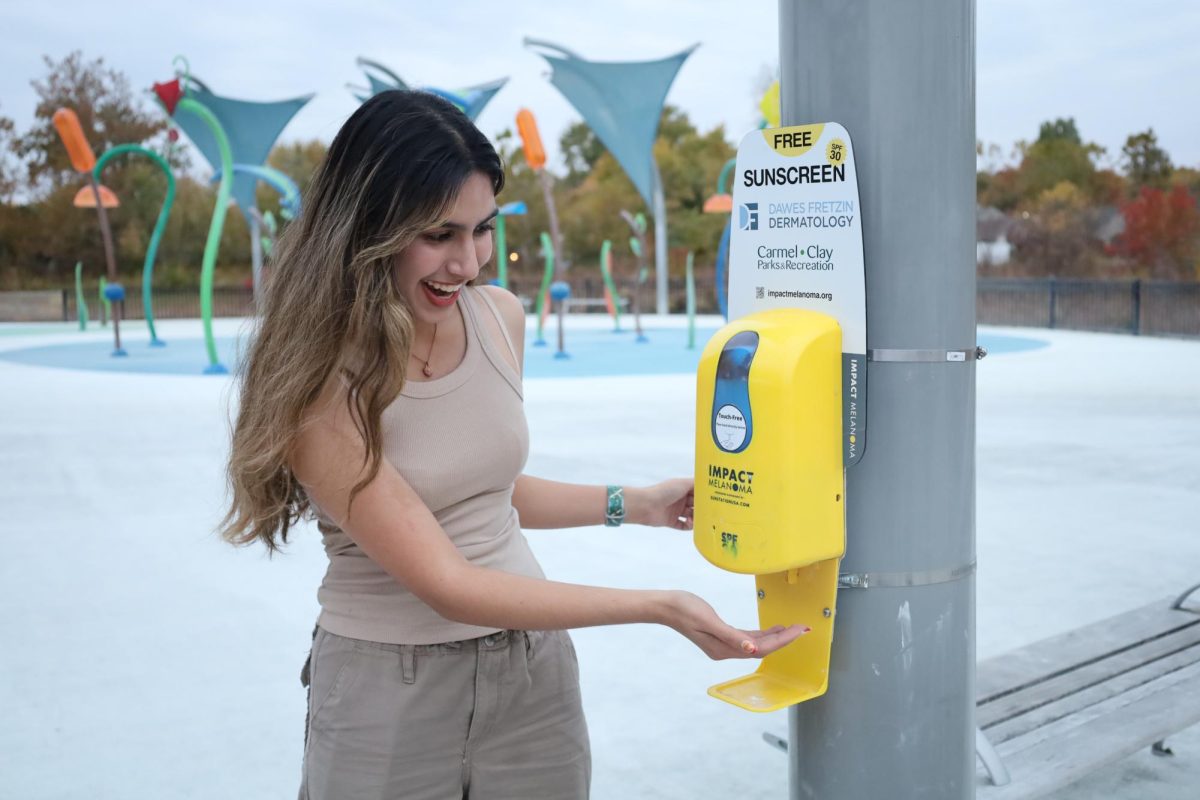
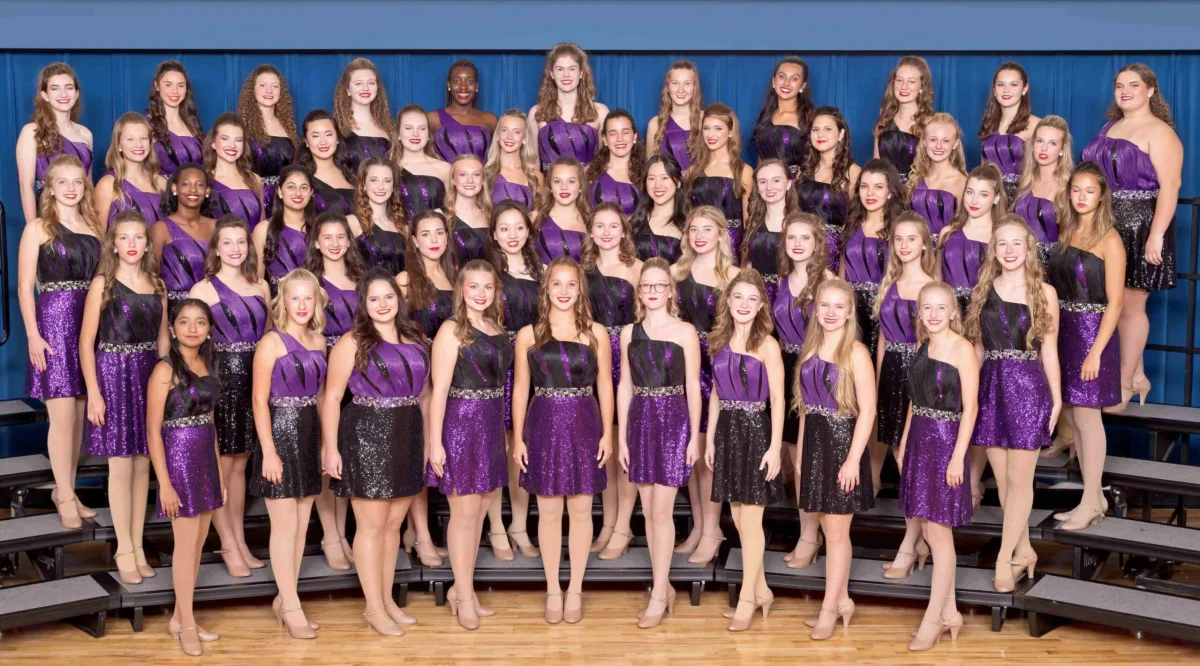

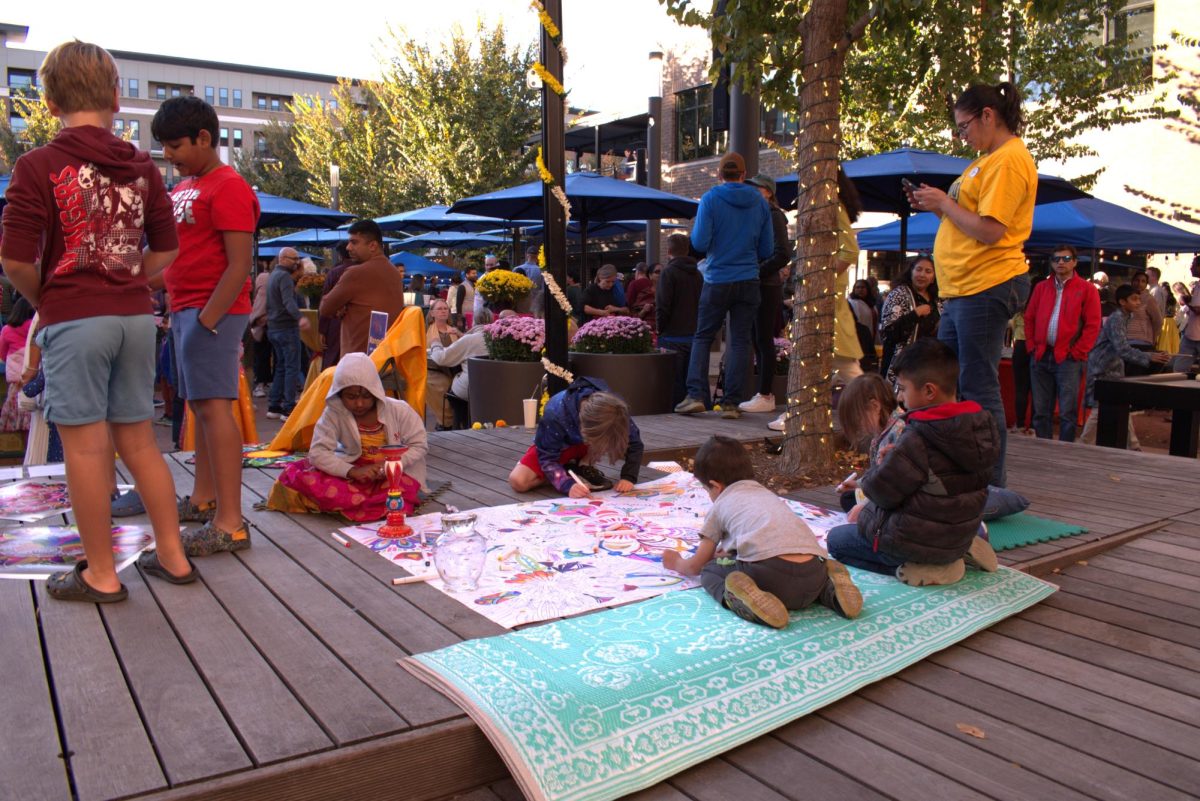
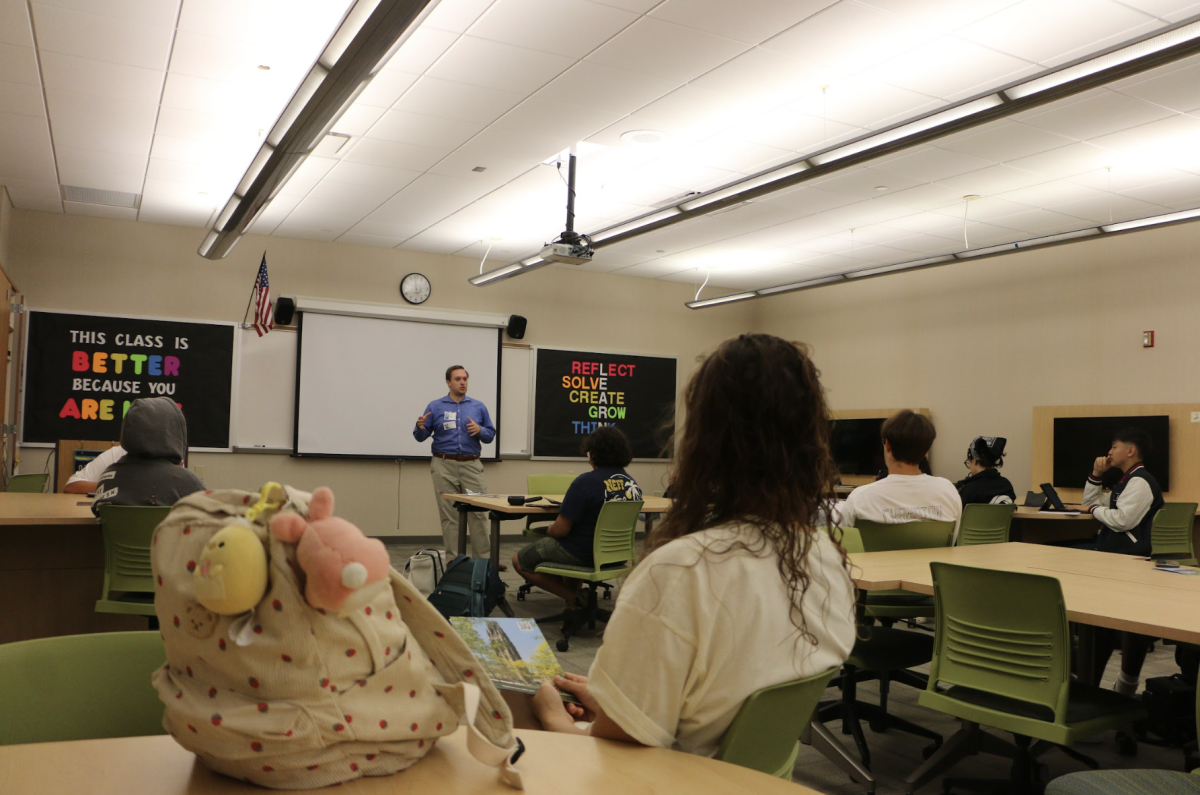
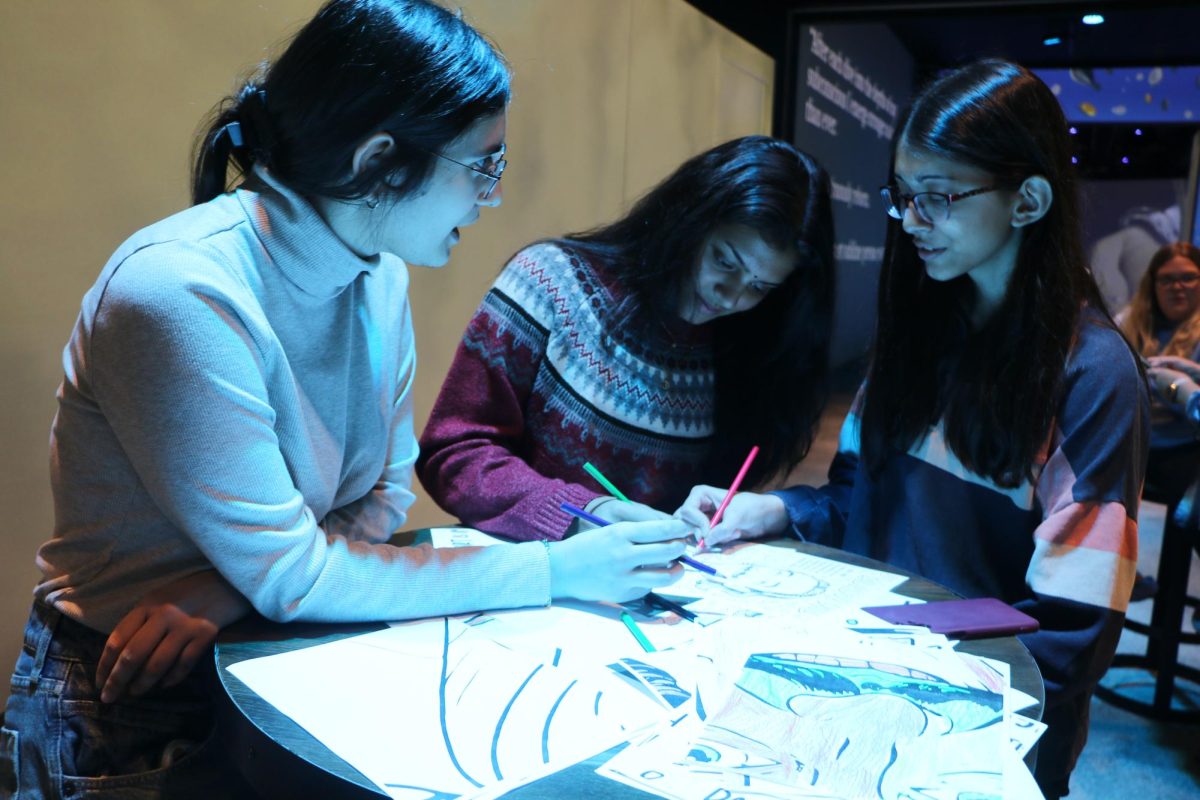
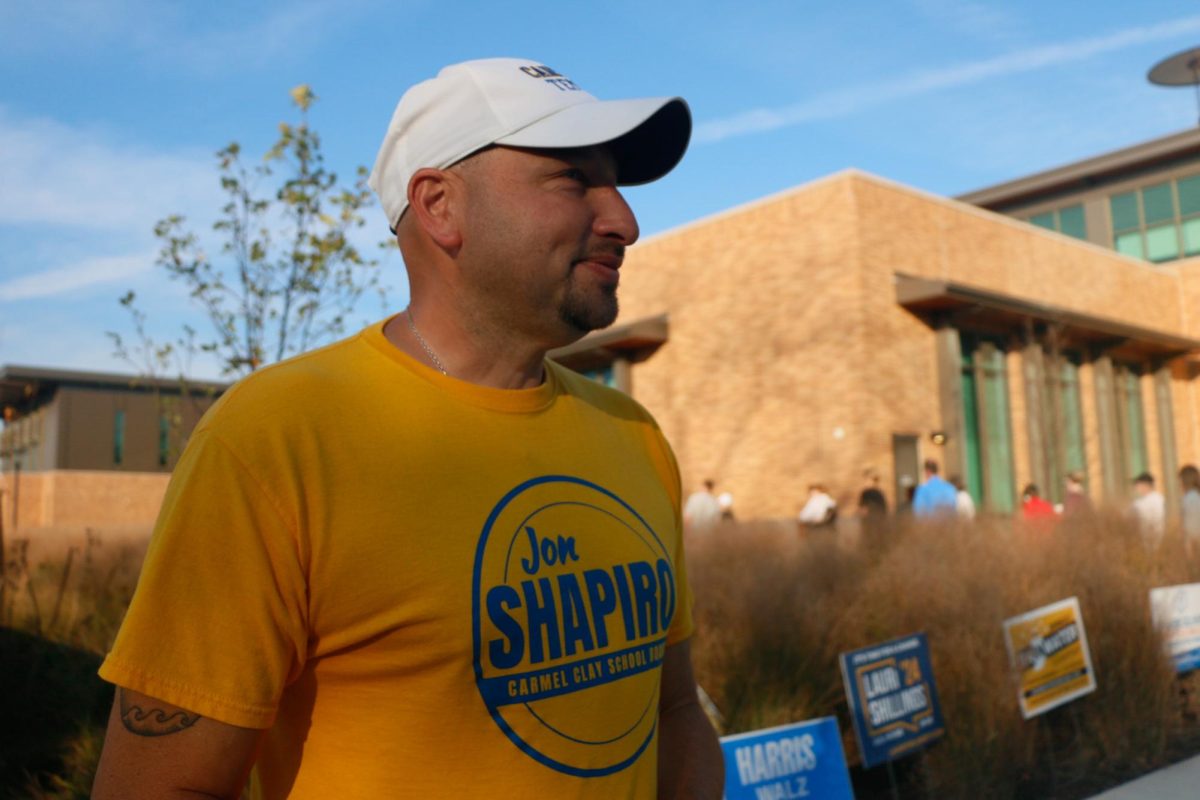
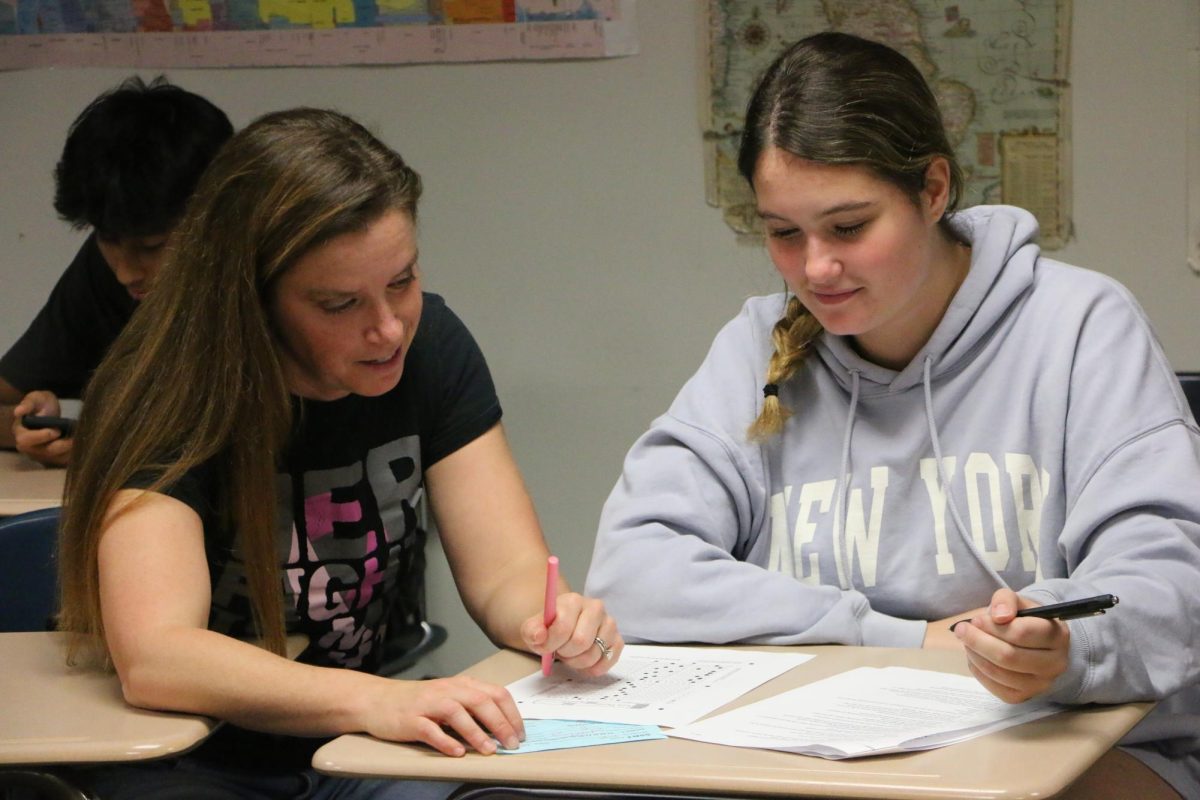




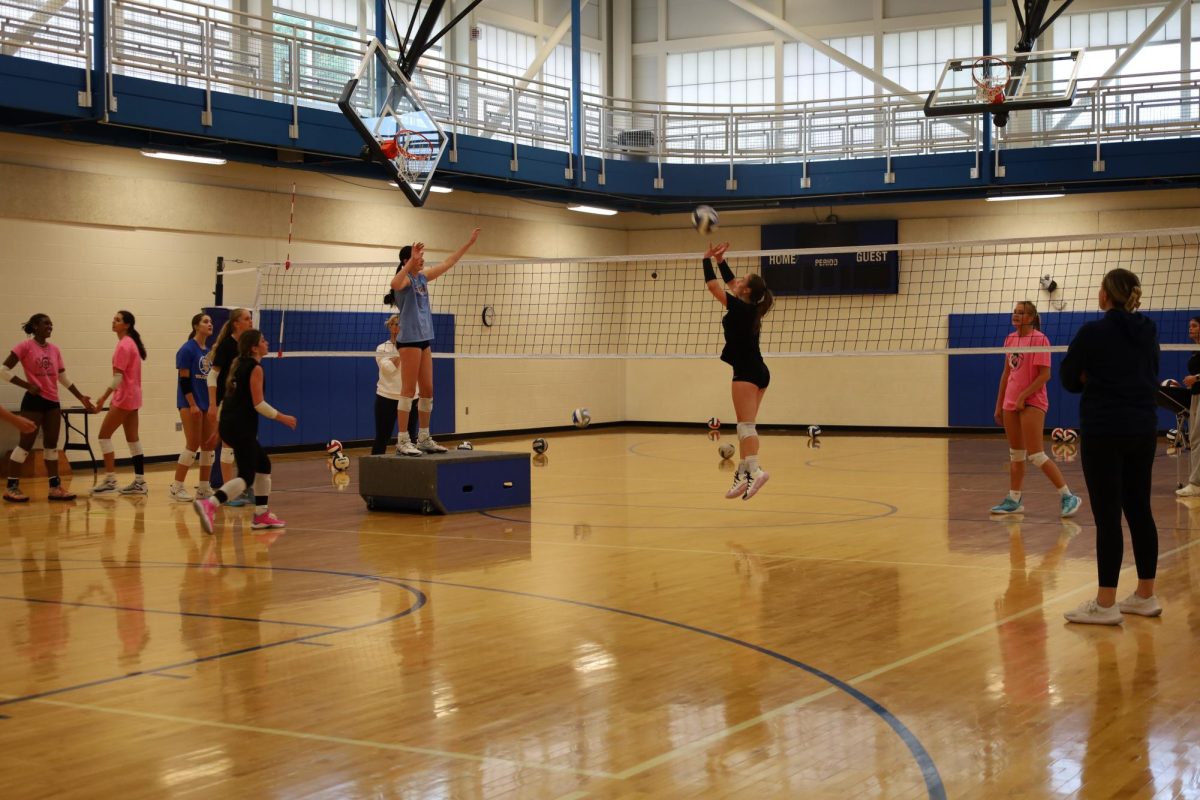
!["Wicked" poster controversy sparks a debate about the importance of accuracy versus artistic freedom [opinion]](https://hilite.org/wp-content/uploads/2024/11/riva-perspective-cover-1200x471.jpg)


![Chilling or Childish? The downfall of modern horror movies [opinion]](https://hilite.org/wp-content/uploads/2024/10/adjusted-horror-cover-1200x471.jpg)
![“Uglies” is a call for change in the YA dystopian genre [opinion]](https://hilite.org/wp-content/uploads/2024/10/Perspectives-Cover-1200x471.jpg)


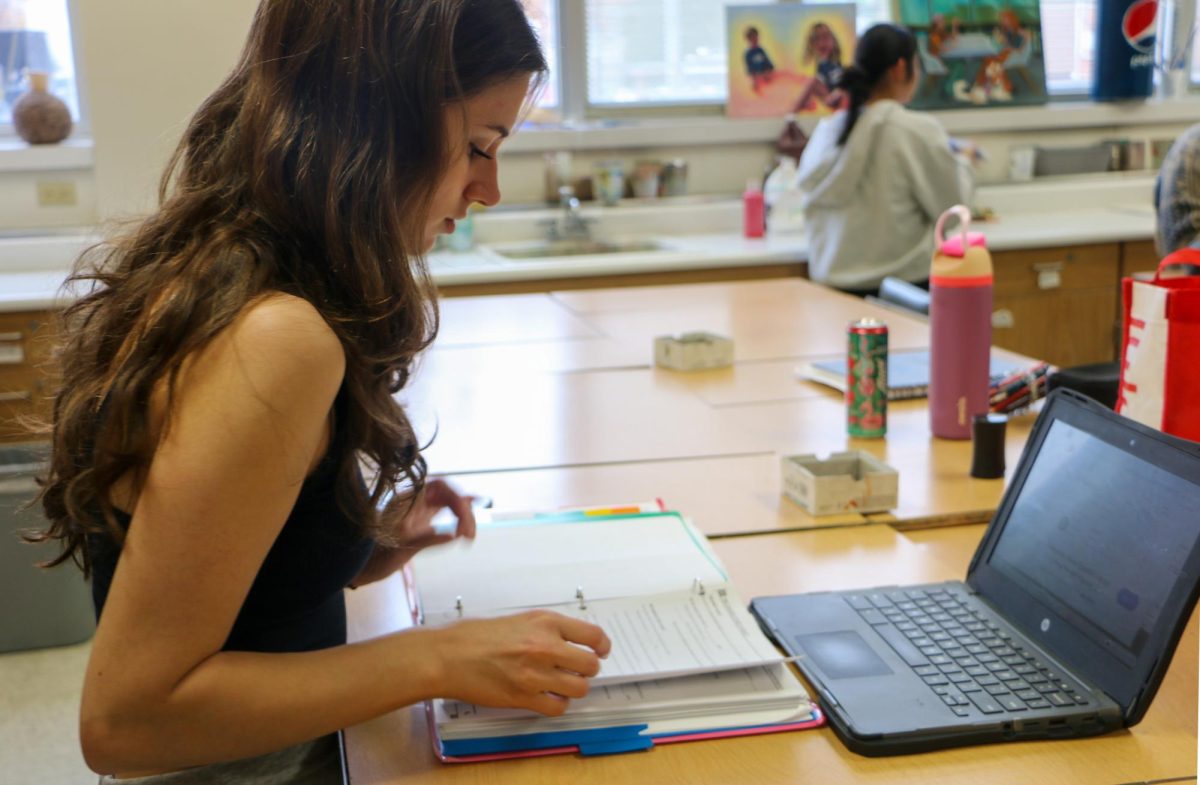

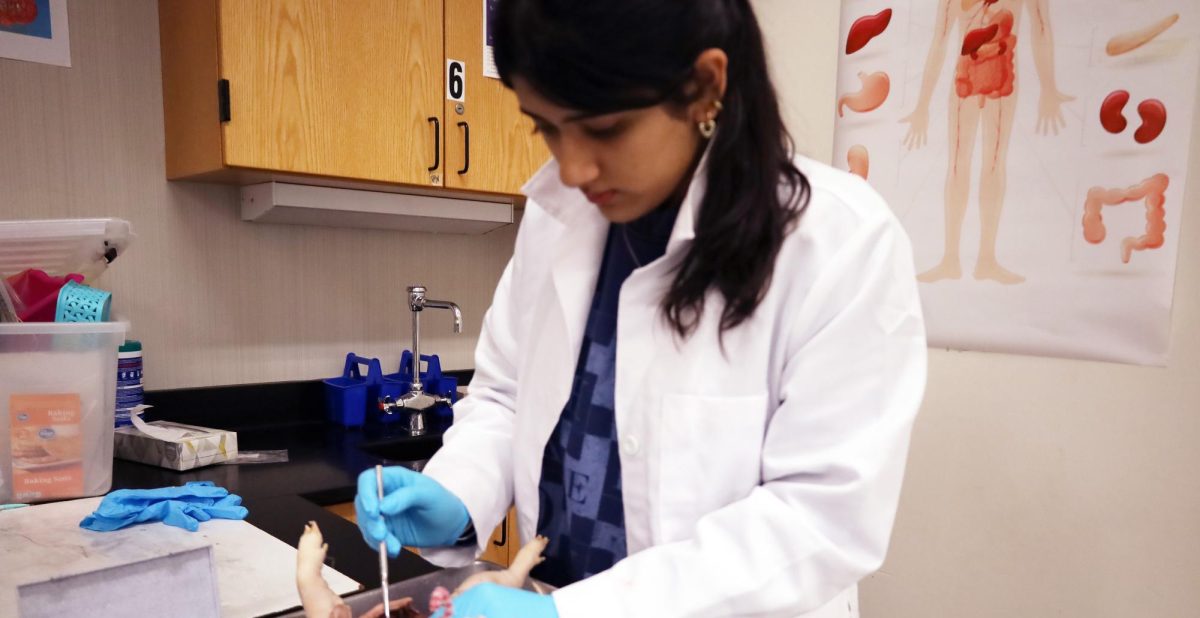








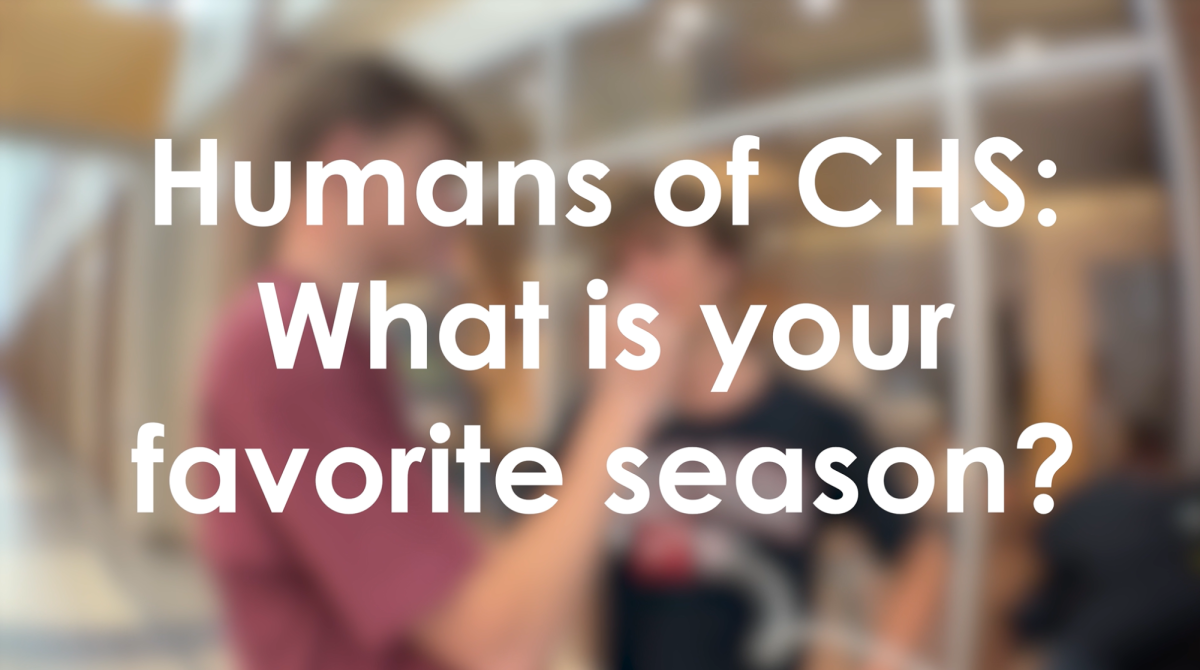



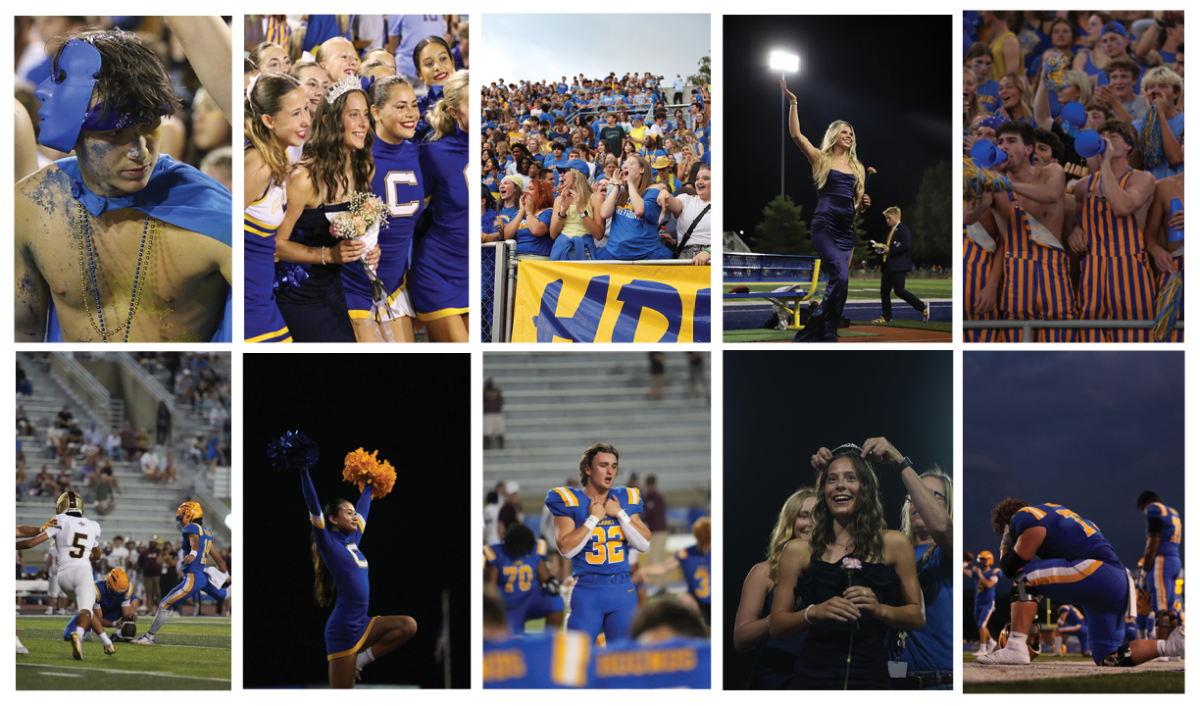









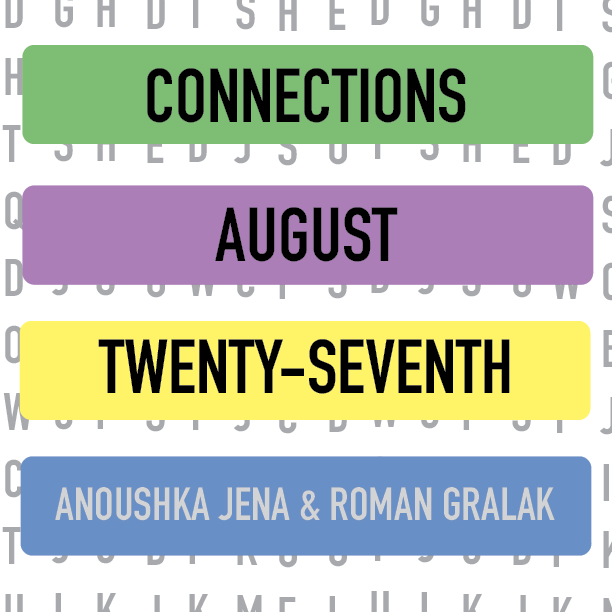







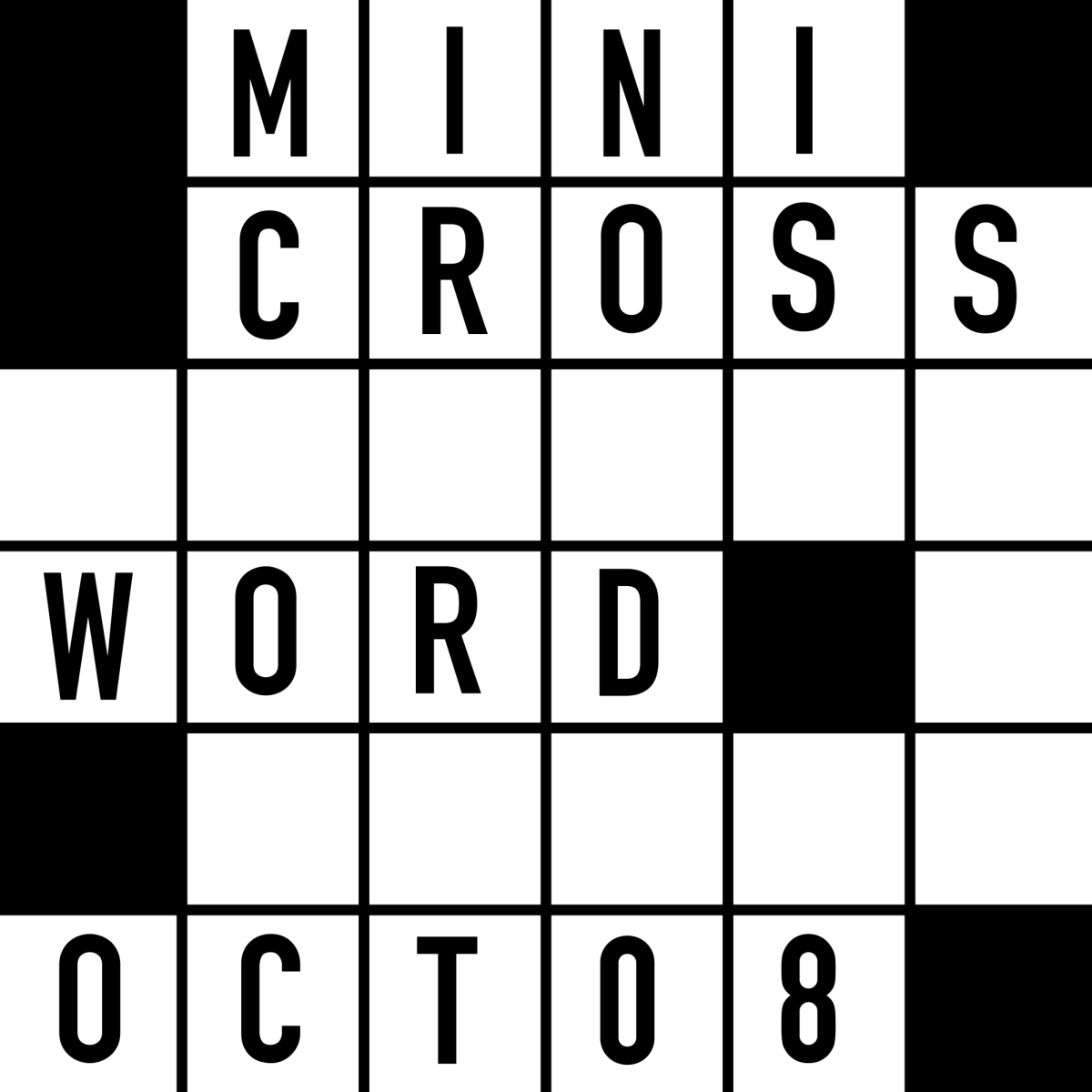


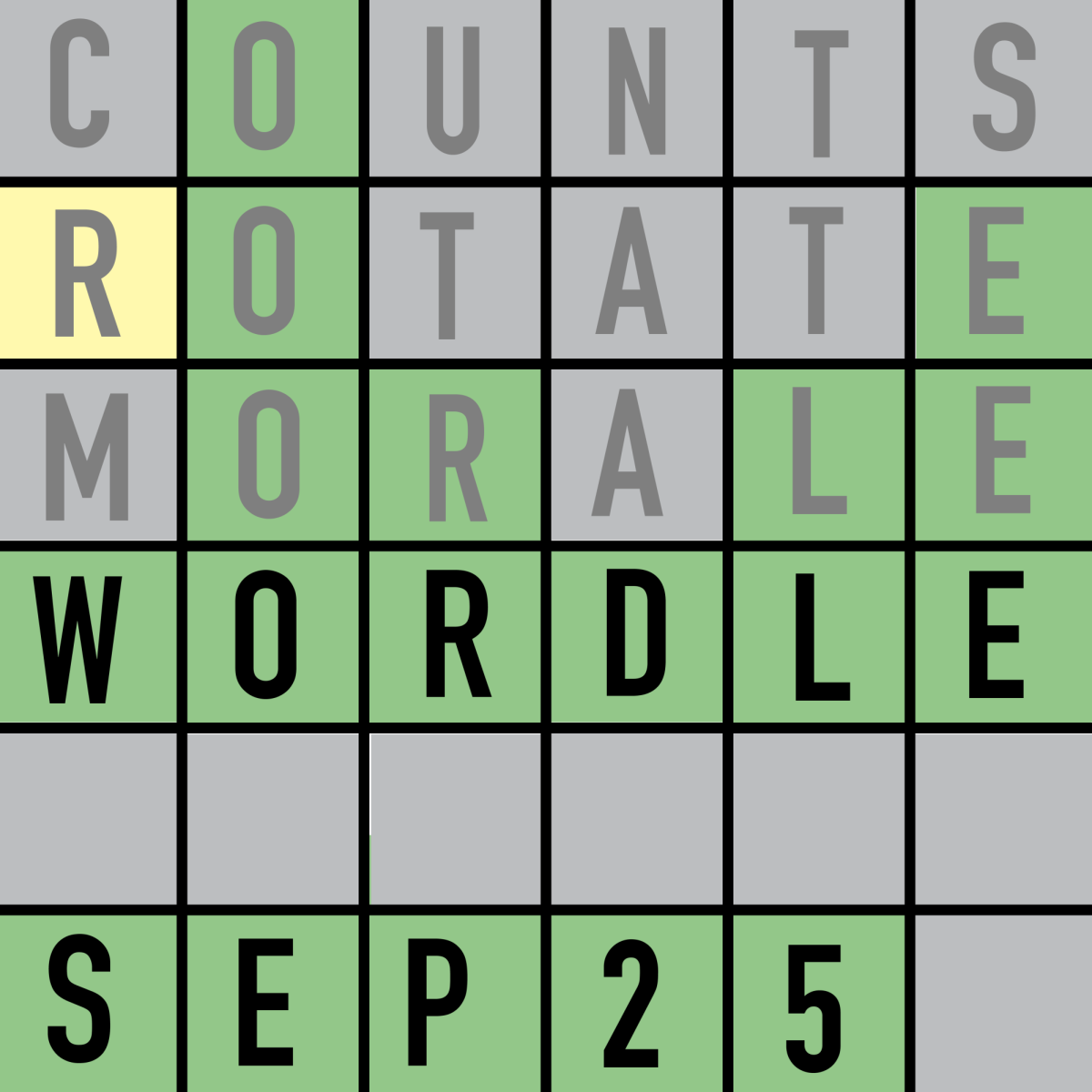



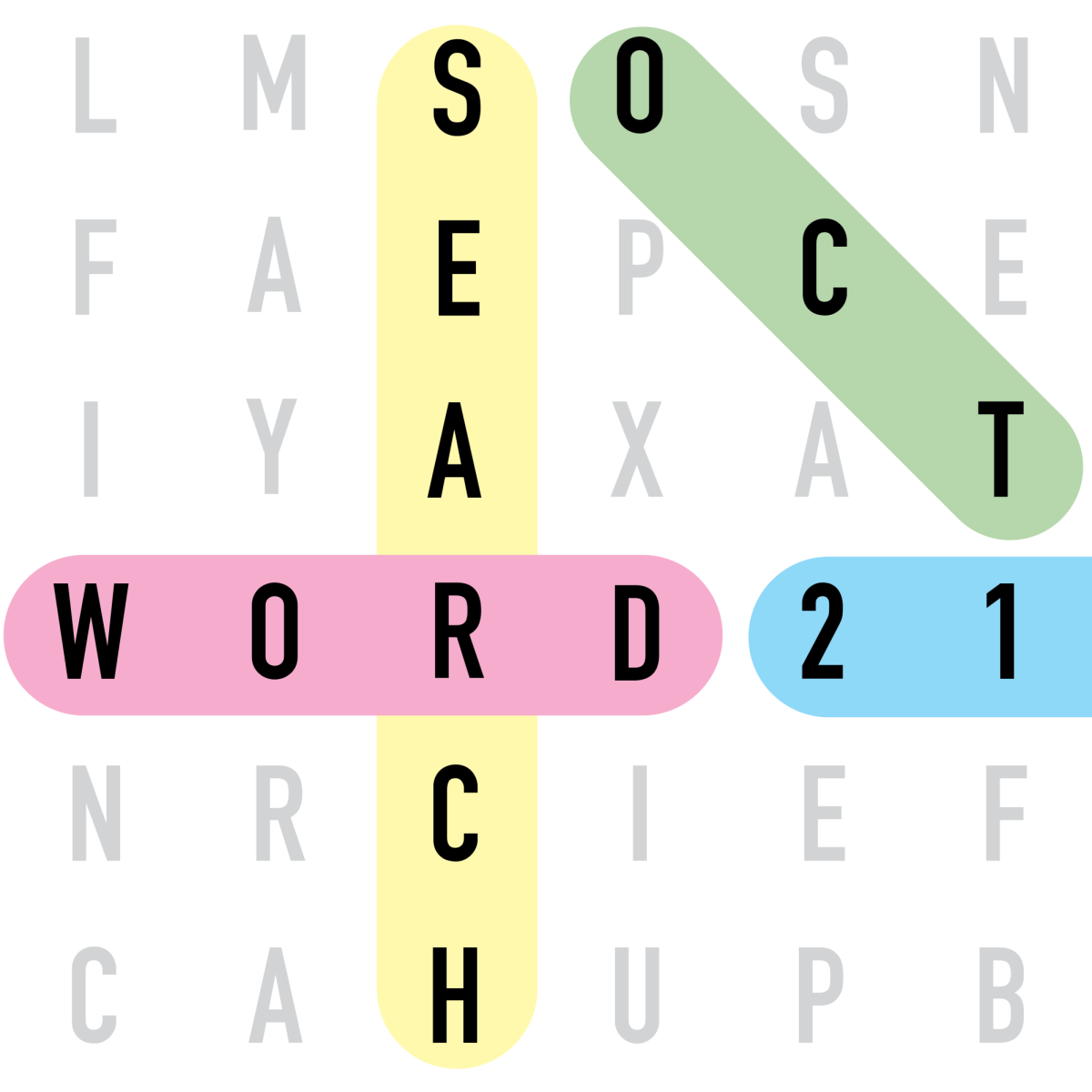
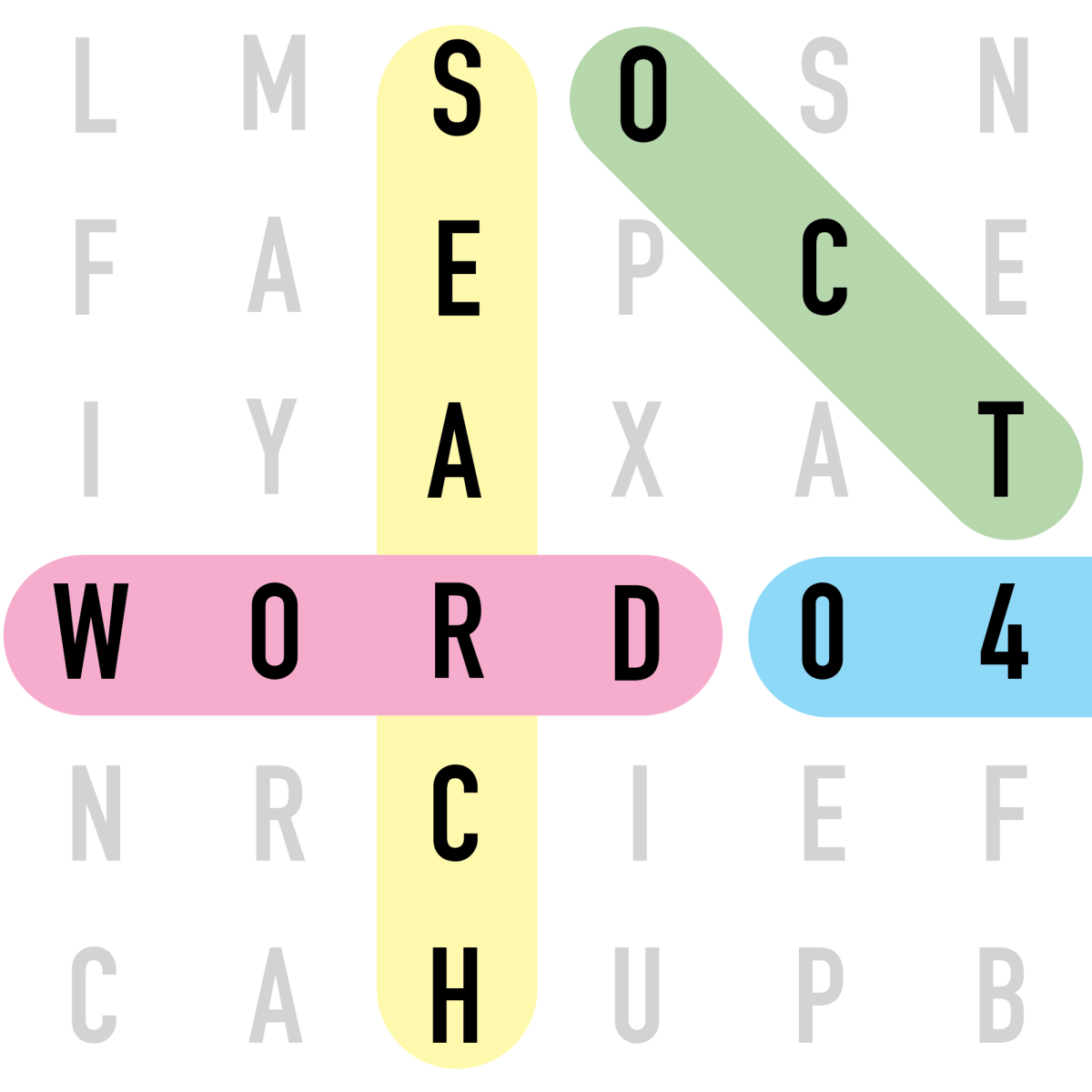
![Review: Indy Scream Park is a perfect level of spook to kickstart the Halloween season [MUSE]](https://hilite.org/wp-content/uploads/2024/11/IMG_1383.jpg)
![Review: “Saturday Night” is a chaotic and thrilling look at the origins of “Saturday Night Live” [MUSE]](https://hilite.org/wp-content/uploads/2024/10/snl-1200x800.jpg)
![Review: “Megalopolis” is a bold, bewildering mess [MUSE]](https://hilite.org/wp-content/uploads/2024/10/MV5BYTk3MjUzMGItYmU1NC00M2YyLThmNDMtNDI4NjkxNjgzMjQzXkEyXkFqcGdeQXRyYW5zY29kZS13b3JrZmxvdw@@._V1_-1200x675.jpg)
![Review in Print: Maripaz Villar brings a delightfully unique style to the world of WEBTOON [MUSE]](https://hilite.org/wp-content/uploads/2023/12/maripazcover-1200x960.jpg)
![Review: “The Sword of Kaigen” is a masterpiece [MUSE]](https://hilite.org/wp-content/uploads/2023/11/Screenshot-2023-11-26-201051.png)
![Review: Gateron Oil Kings, great linear switches, okay price [MUSE]](https://hilite.org/wp-content/uploads/2023/11/Screenshot-2023-11-26-200553.png)
![Review: “A Haunting in Venice” is a significant improvement from other Agatha Christie adaptations [MUSE]](https://hilite.org/wp-content/uploads/2023/11/e7ee2938a6d422669771bce6d8088521.jpg)
![Review: A Thanksgiving story from elementary school, still just as interesting [MUSE]](https://hilite.org/wp-content/uploads/2023/11/Screenshot-2023-11-26-195514-987x1200.png)
![Review: "When I Fly Towards You", cute, uplifting youth drama [MUSE]](https://hilite.org/wp-content/uploads/2023/09/When-I-Fly-Towards-You-Chinese-drama.png)
![Postcards from Muse: Hawaii Travel Diary [MUSE]](https://hilite.org/wp-content/uploads/2023/09/My-project-1-1200x1200.jpg)
![Review: "Ladybug & Cat Noir: The Movie," departure from original show [MUSE]](https://hilite.org/wp-content/uploads/2023/09/Ladybug__Cat_Noir_-_The_Movie_poster.jpg)
![Review in Print: "Hidden Love" is the cute, uplifting drama everyone needs [MUSE]](https://hilite.org/wp-content/uploads/2023/09/hiddenlovecover-e1693597208225-1030x1200.png)
![Review in Print: "Heartstopper" is the heartwarming queer romance we all need [MUSE]](https://hilite.org/wp-content/uploads/2023/08/museheartstoppercover-1200x654.png)




